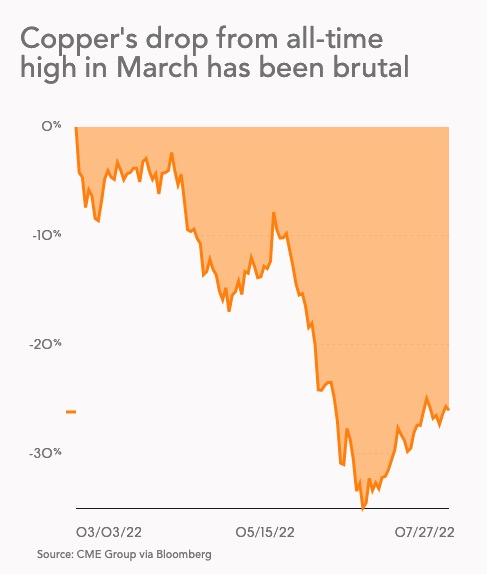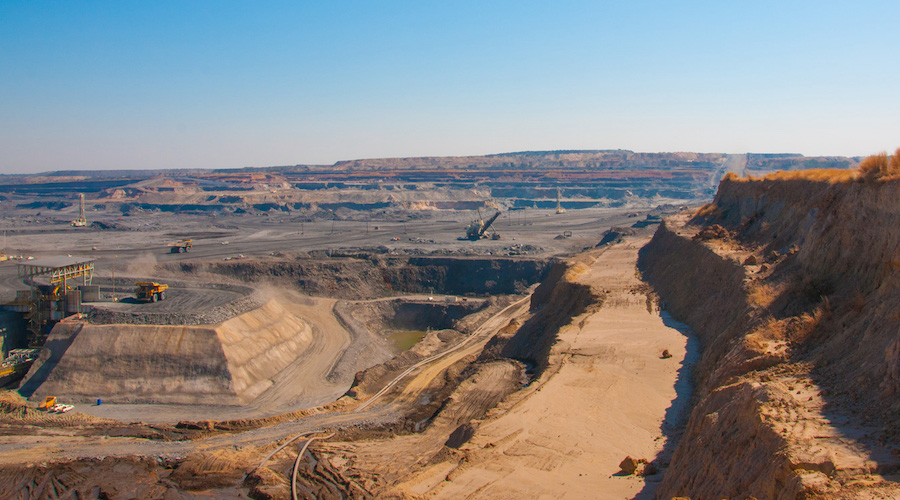The burnout that no one talks about

In the mining industry, executive burnout has soared in the last two years, thanks to supply chain issues, covid-19, global economic disruptions due to political unrest, and shifting expectations of a younger workforce. Recent mental health studies confirm this.
According to a survey conducted by the Angus Reid Institute, more than half of Canadians indicated that their mental health has worsened over the past two years. Contributing to that statistic is the finding that an overall majority of those surveyed believed that the covid-19 pandemic pulled people apart as opposed to bringing them together, due in a large part to isolation from loved ones during lockdowns. Additionally, in the age group of which many mining executives find themselves (35-55 years old), 49% reported that the disruptions in their lives due to covid-19 have been significant or severe.
But mental health issues in the mining industry were on the rise even before covid-19.
In 2019, Vale Canada published the results of a 5-year study analyzing the mental health of its employees in Sudbury, Ontario. Half of the more than 2,000 respondents in the survey reported work-related mental health issues, 10% of whom had experienced thoughts of suicide.
In a 2019 survey administered by Refinery (of which a large portion were executives in mining and resources), 74% of respondents indicated that they worked with leaders who demonstrate high levels of stress and/or burnout. Yet, leaders are still uncomfortable talking about mental health issues: 68% of these same survey respondents indicated that they have an elevated level of discomfort approaching someone who is demonstrating symptoms of burnout.

Why are leader burnout rates increasing in mining? And why are people still not comfortable talking about it?
Research shows that mining workers in general have higher rates of anxiety, stress, and depression, all components of burnout. There are several contributing factors for this, including the following:
> More physically demanding work, leading to physical exhaustion
> Working in isolation or remote locations away from family and social support structures, leading to feelings of loneliness
> Working in male-dominated environments that have traditionally not been open to discussing mental health issues
> Increased demand for production/extraction as global supply chains for materials get squeezed due to economic and political unrest
> Unplanned production variations
For mining leaders particularly at the front-line or mid-tier level, these factors get compounded by the added stress of having pressure from the people reporting to them who are exhausted, combined with pressure from head office to increase productivity and decrease costs—all while maintaining high safety standards. Added to this the fact that most leaders in mining are male, and you can quickly see that there are several factors working against mental health in mining leadership.
According to a 2018 study published by the International Journal of Mental Health Systems on mental health in the Australian coal mining industry, “addressing mental ill-health in male-dominated industry presents a number of challenges, as men tend to have a lower mental health literacy and are less likely to discuss mental ill-health with either professional or non-professional sources of support.”
Additionally, they report that there continues to be a strong stigma around mental illness that is higher in men which many times results in them being reluctant to seek help. The results? Mental illness within male-dominated industries such as mining may be more likely to go unrecognized and untreated.
The concept and reporting of executive burnout has been reported as far back as the late 1800s, as executives’ health crumpled amidst the constant pace of change during the Industrial Revolution. Over the past several centuries, the prevalence of executive burnout has increased at the pace of technological change and advancement. Today, the World Health Organization (WHO) defines burnout as “A syndrome conceptualized as resulting from chronic workplace stress that has not been successfully managed.”
WHO characterizes burnout by three main symptoms: 1) feelings of energy depletion or exhaustion, 2) increased mental distance from one’s job, or feelings of negativity or cynicism related to one’s job, and 3) a sense of ineffectiveness and lack of accomplishment.
If this sounds like you or someone you know, here are some ways to get help, according to the Mayo Clinic:
1 Evaluate your work options. Are there changes that you can make in your work situation to allow you to gain more time to rest and restore yourself? Are there goals that can wait? Meetings that can be rescheduled or delegated to someone else?
2 Look for support. This can come from a mental health professional, a friend or loved one who is able to listen, support and collaborate with you on your situation and help you to find a solution.
3 Find a way to quiet your mind and body. Regular physical activity can boost your ability to deal with stress and help to create a healthy outlet for stress. Practicing mindfulness exercises in combination with exercise can help you to stay in the moment rather than worrying about future stressors that may be out of your control.
In its decades of work with leaders in global mining organizations, Refinery has also found that emotional intelligence (the ability to be aware of, control, and express your emotions to others) has a profound impact on leaders’ overall mental health. Having the ability to be honest about their struggles with burnout is key in the process of healing, and many executives may be surprised to learn that they are not alone in their feelings of burnout.
“Understanding the self (your own triggers and motivators) enables your ability to communicate to others with authenticity,” says Jelena Vath, Refinery Director of Design. “Accessing our emotional intelligence in this way strengthens connections, trust, and empathy in relationships at work which supports overall mental well-being.”
Executive burnout is real, and it can be scary to go through or watch someone else go through it. If you or someone you know is experiencing thoughts of self-harm or suicide, contact the Canada Suicide Prevention Service at 833-456-4566 or click here.
This post has been syndicated from a third-party source. View the original article here.




